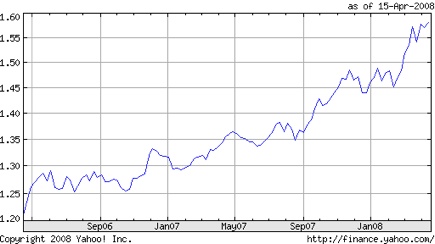
It’s Friday night. Do you know who is CEO of your newly merged airline?
Do you even know where the headquarters is?
Heh.
And the bonus question for the evening — which livery will Delta Air Lines choose when it merges with Northwest? ANOTHER new one? I don’t have that many fingers.
This week Southwest Airlines, Continental Airlines and American Airlines reported first quarter earnings. I’ve just finished with our PlaneBusiness Banter review of all three and their respective earnings calls.
Most uninspiring call of the three? No contest. American.
But hey, the real news is the next merger, right? That Continental-United deal? Right.
Not so fast.
In this week’s issue of PBB I talk about why I don’t think a United/Continental deal is a sure thing — along with our usual mix of mirth and merriment.
Then there is the airline stock performance rundown for the week. Yes, that will be inspiring.
Oh, and we’ll catch up on the latest with Alitalia, too.
Can’t forget them.
Look for this week’s issue in the morning. I’m still talking to some folks about merger mania. Or I was, until I stopped to write this.
Oh, and for all you folks in Dallas (and I know I’ve got a lot of you who stop in here on a regular basis ) — Go Hornets.
Talk to you guys in the AM.






